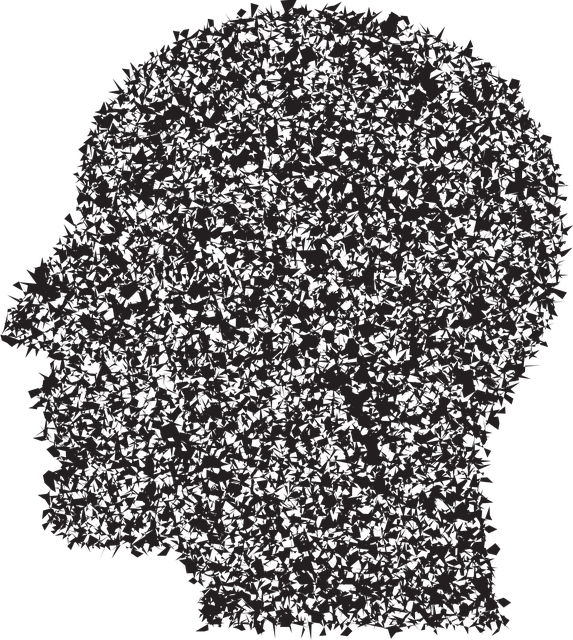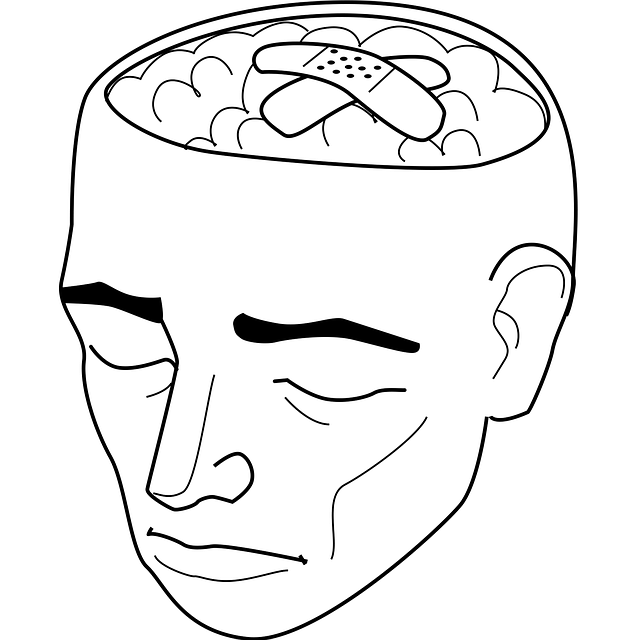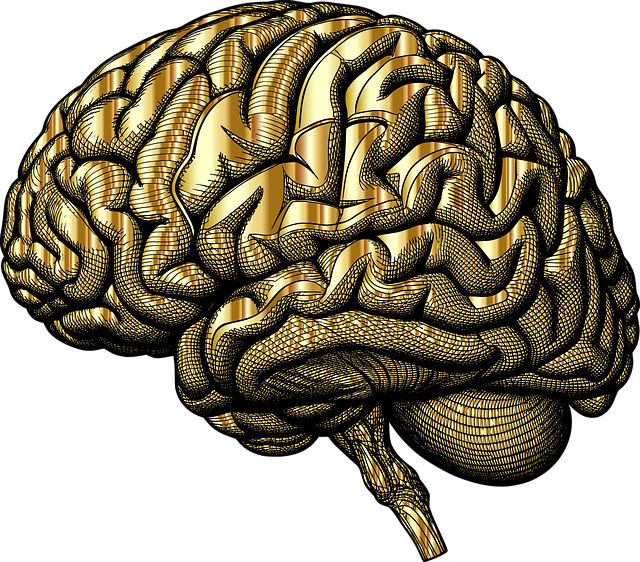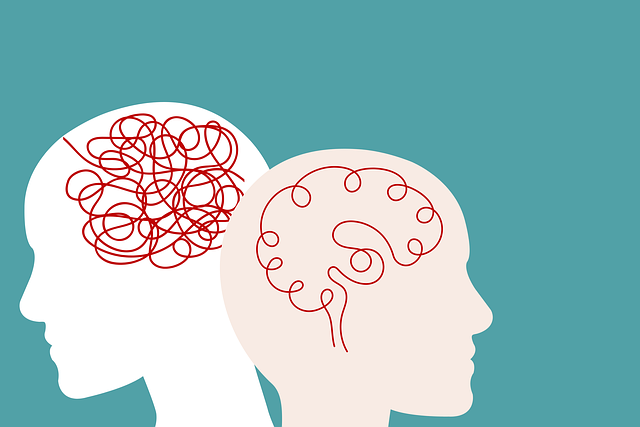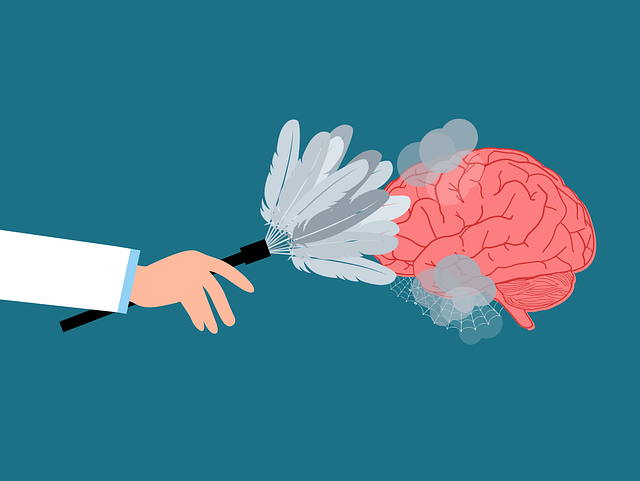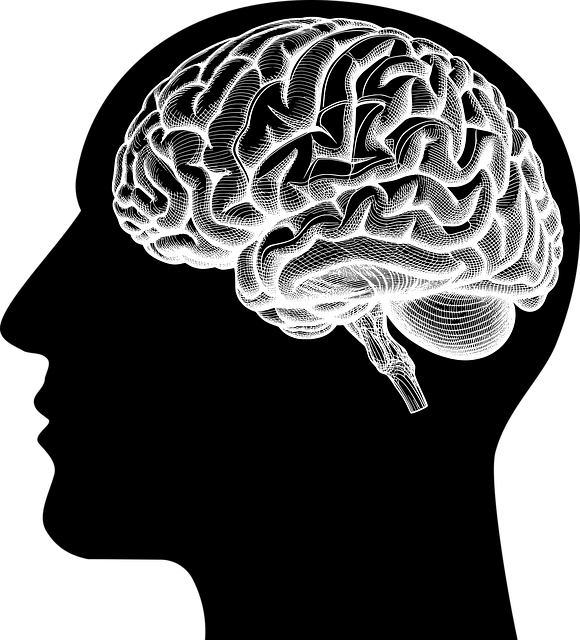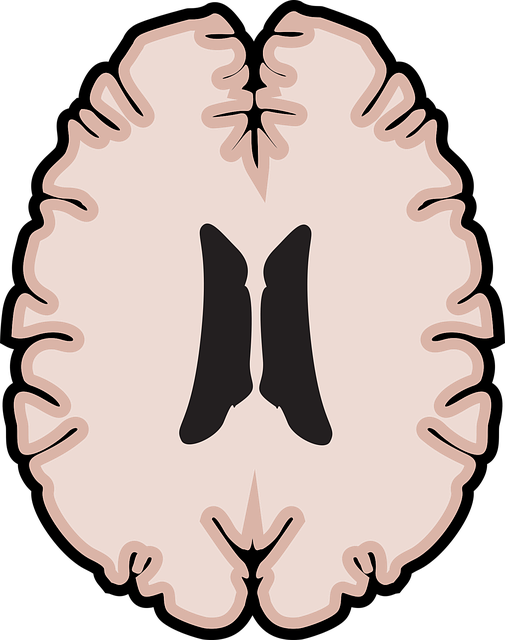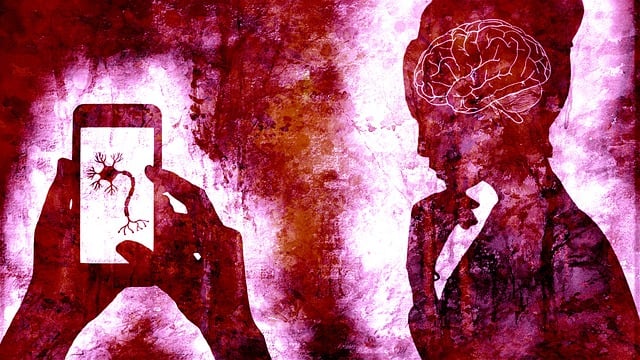In today's fast-paced world, mental health advocacy for adolescents and teenagers is crucial to address unique challenges like academic pressures, social stressors, identity formation, and mental health disorders. Organizations like Arvada Adolescent and Teen Therapy (AATT) offer comprehensive therapy services tailored to long-term mental wellness through coping skill development. A multi-faceted approach includes individual therapy, group support, and healthcare provider training, along with trauma support services and mental health education programs. Measuring impact using robust evaluation methods is vital for improving initiatives like Mental Wellness Coaching Programs and Communication Strategies.
Mental health advocacy initiatives play a pivotal role in fostering societal well-being. This article delves into the pressing need for such efforts, particularly focusing on adolescent and teen therapy through a case study of Arvada Adolescent and Teen Therapy. We explore effective strategies for advocacy programs while emphasizing the importance of evaluation for measuring success. By examining these aspects, we aim to illuminate the profound impact of dedicated mental health advocacy initiatives.
- Understanding the Need for Mental Health Advocacy
- Arvada Adolescent and Teen Therapy: A Case Study
- Strategies for Effective Mental Health Advocacy Initiatives
- Measuring Impact: Evaluating Success in Mental Health Advocacy Programs
Understanding the Need for Mental Health Advocacy

In today’s fast-paced world, mental health advocacy is more crucial than ever, especially when focusing on adolescents and teens. Initiatives like Arvada Adolescent and Teen Therapy aim to address the growing need for support and guidance in this age group. Teenagers often face unique challenges that can impact their emotional well-being, from academic pressures and social stressors to identity formation and mental health disorders. Understanding these complex issues is essential to providing effective emotional healing processes.
Advocacy efforts must also extend to crisis intervention and prevention strategies. By implementing crisis intervention guidance and promoting open conversations about mental health, we can ensure that teens receive timely support before situations escalate. Moreover, burnout prevention programs in schools and communities can equip young individuals with tools to manage stress, enhance resilience, and promote overall well-being. These proactive measures are vital steps towards fostering a healthier, more supportive environment for our adolescents and teens.
Arvada Adolescent and Teen Therapy: A Case Study

Arvada Adolescent and Teen Therapy (AATT) serves as a compelling case study for successful mental health advocacy initiatives. This non-profit organization focuses on providing comprehensive therapy services tailored specifically to adolescents and teens, addressing a critical gap in local healthcare. Through their innovative approach, AATT offers not just short-term solutions but fosters long-lasting mental wellness by equipping young individuals with essential coping skills.
The program’s effectiveness lies in its multi-faceted strategy, encompassing individual therapy sessions, group support groups, and even Healthcare Provider Cultural Competency Training to ensure a supportive environment for diverse youth. By integrating Mental Wellness Coaching Programs Development, AATT empowers teens to navigate challenges, build resilience, and thrive. This holistic approach has led to remarkable outcomes, demonstrating the power of targeted advocacy in transforming lives and shaping healthier communities.
Strategies for Effective Mental Health Advocacy Initiatives

Effective mental health advocacy initiatives require a multi-faceted approach to ensure comprehensive support for individuals facing various challenges. One key strategy involves Arvada Adolescent and Teen Therapy programs that cater specifically to the needs of young people. These therapies should be accessible, youth-centered, and evidence-based, addressing issues such as anxiety, depression, and trauma. Incorporating Trauma Support Services within these initiatives is crucial for healing and resilience-building.
Additionally, promoting Mental Health Education Programs Design that focus on early intervention and prevention can significantly reduce the burden of mental health issues. Encouraging self-care practices among adolescents and teens is another essential component. By integrating mindfulness, stress management techniques, and healthy coping strategies into their daily lives, young individuals can better navigate life’s challenges and maintain their overall well-being.
Measuring Impact: Evaluating Success in Mental Health Advocacy Programs

Measuring impact is a crucial aspect of evaluating the success of mental health advocacy programs, especially when focusing on initiatives like those offered by Arvada Adolescent and Teen Therapy. By implementing robust evaluation methods, organizations can assess whether their efforts are effectively promoting mental wellness among young people. This involves tracking key performance indicators (KPIs) that align with the program’s goals, such as improved communication skills, enhanced coping mechanisms, and reduced symptoms of anxiety or depression.
One effective strategy is to employ a combination of quantitative and qualitative methods. Quantitative data, collected through surveys and statistical analysis, can provide insights into changes in participant behaviors and attitudes. In contrast, qualitative feedback through interviews or focus groups offers deeper understanding of personal transformations and the program’s impact on their lives. This dual approach ensures that the success of mental health advocacy initiatives is comprehensive, encompassing both broad trends and individual stories, ultimately guiding future program development and fostering continuous improvement in areas such as Mental Wellness Coaching Programs and Communication Strategies, while also contributing to Depression Prevention efforts.
Mental health advocacy initiatives, such as the successful case study of Arvada Adolescent and Teen Therapy, demonstrate the profound impact community-driven support can have on young people’s well-being. By implementing effective strategies outlined in this article, we can create a more inclusive and understanding society that prioritizes mental health. Measuring success through evaluation ensures these programs remain impactful and adaptable to the evolving needs of those seeking support, ultimately fostering healthier communities.
